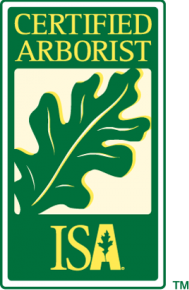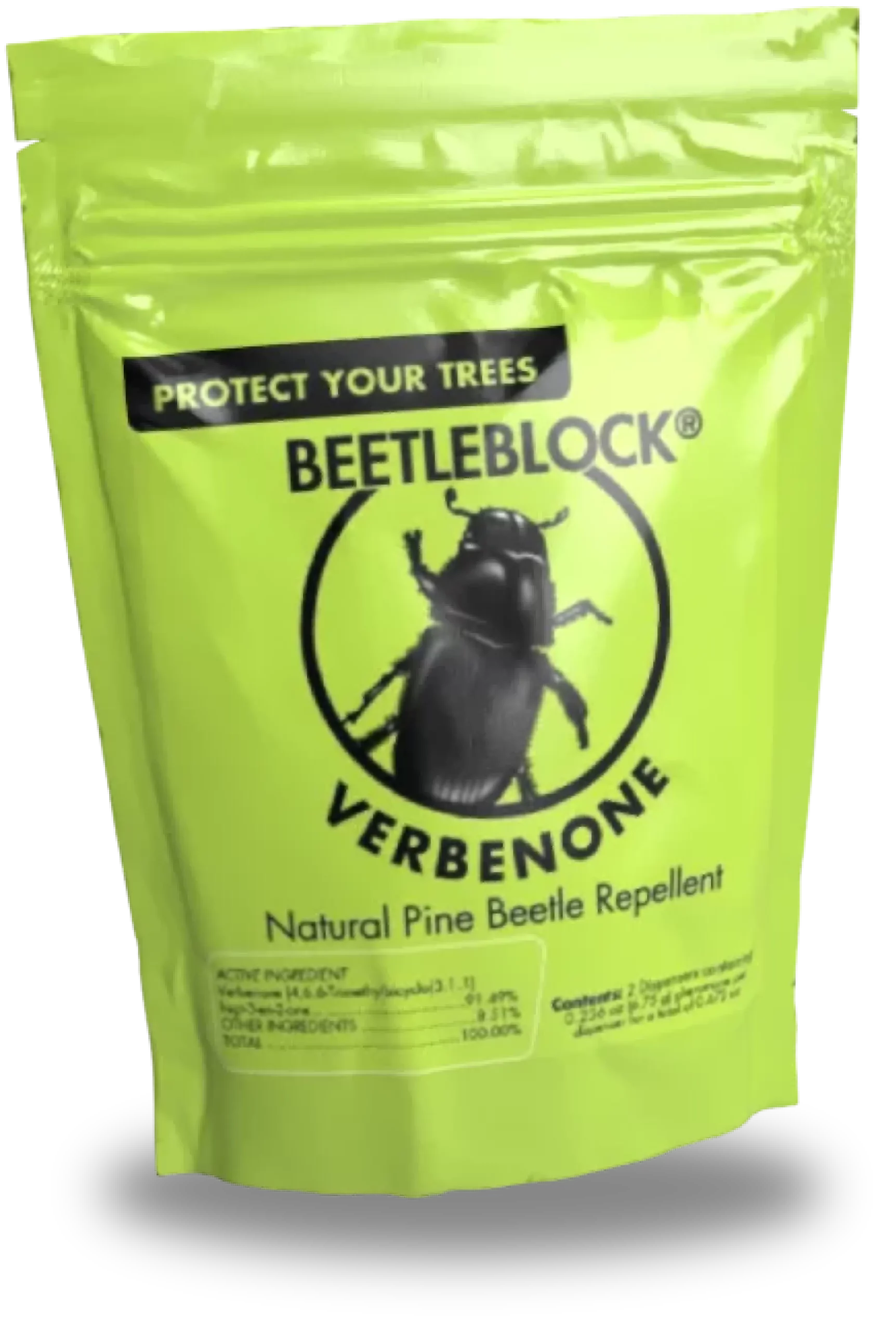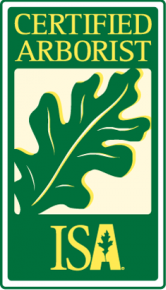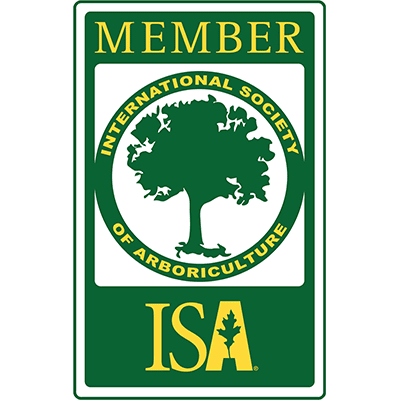Local
Certified
Arborist
 Alpine Tree Services offers quality service, always clean up the job site and are fully insured. We also are dedicated to implementing green practices wherever possible and limit the impact on the undergrowth.
Alpine Tree Services offers quality service, always clean up the job site and are fully insured. We also are dedicated to implementing green practices wherever possible and limit the impact on the undergrowth.
It's 11:24 PM — Sorry, we're closed now




